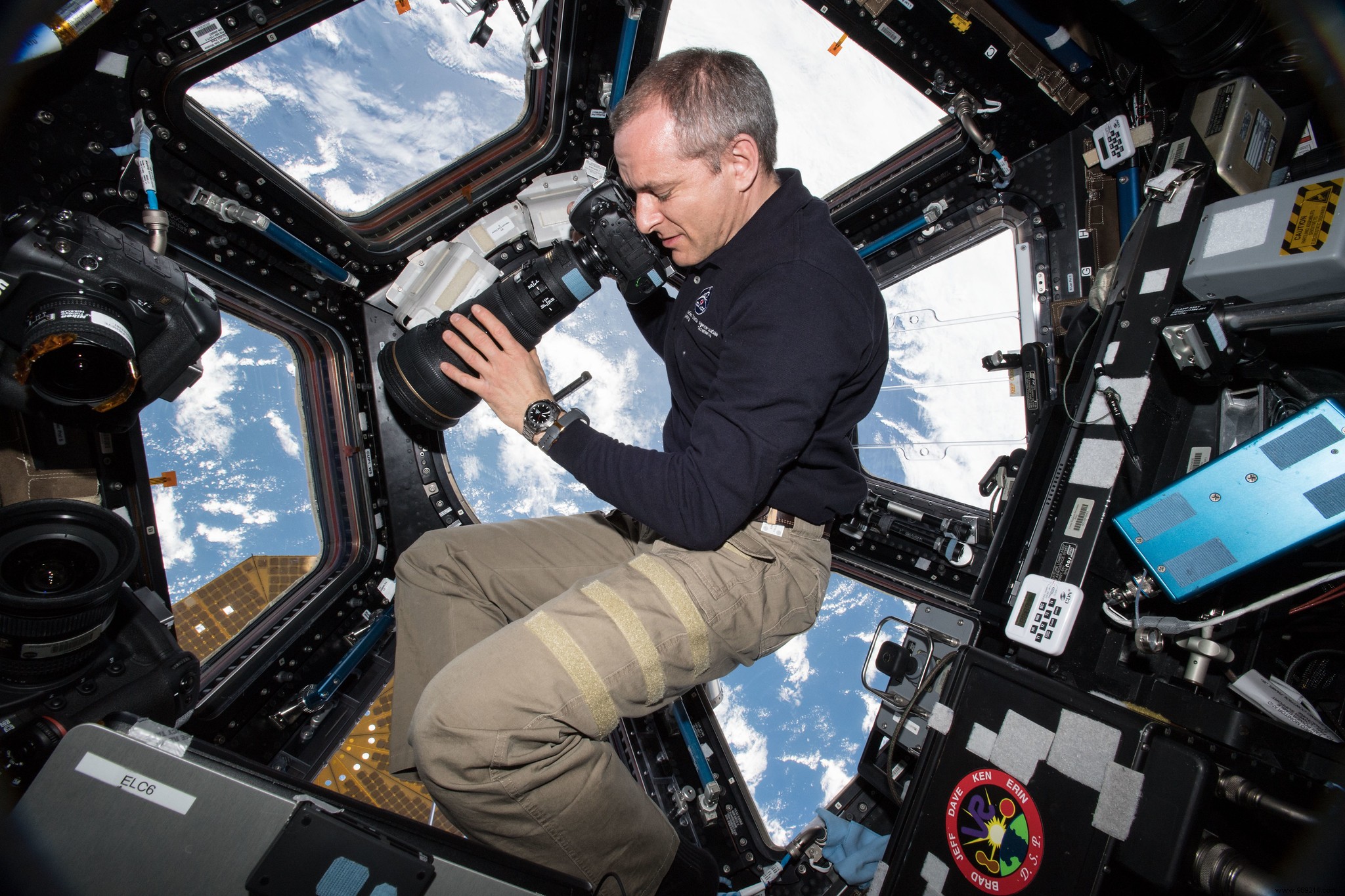The Canadian Space Agency announces that a Canadian astronaut will fly around the Moon in 2023 as part of the first crewed mission of NASA's Artemis program. Objective:prepare for the return of humans to lunar soil in 2024.
In 2017, the Trump administration asked NASA to return to the Moon in 2024. From this ambition was born the Artemis program, the first part of which will take place in three stages. The first, Artemis 1, will be an unmanned mission around the Moon. Next will come the Artemis 2 mission that interests us today.
As part of this mission, four astronauts will integrate an Orion capsule to circle the Moon . The objective will be to test the ship directly in orbit to prepare for the return of humans to lunar soil in 2024 as part of the Artemis 3 mission. Note that Artemis 2 astronauts will also face a high-speed re-entry into the Earth's atmosphere .
We do not yet know the names of the astronauts who will participate in this flight in lunar orbit. On the other hand, we know that there will be a Canadian in the ranks. The announcement was made on December 16 by the Canadian space agency, which has been collaborating with NASA for several decades. We also know that a second Canadian astronaut will take part in a subsequent mission aboard NASA's future Gateway space station, which will be positioned in lunar orbit.
“This agreement will make Canada only the second country after the United States to have an astronaut in deep space “, Canada’s Minister of Innovation, Science and Industry Navdeep Bains told reporters at a press conference.
Canadian astronaut David Saint-Jacques notably drew a parallel with the historic Apollo 8 mission of 1968 . This, we recall, was intended to "prepare the ground" before the first human moon landing operated the following year.

In exchange for these reserved "seats", Canada will provide a robotic arm (the Canadarm3) necessary for the maintenance of the future Gateway space station in lunar orbit . The Canadian robotics giant MDA (which also maintains Canadarm2 on the International Space Station) received a contract last week to establish the technical requirements of this tool which will a priori be powered by artificial intelligence. Its purpose will be to take care of the station when the astronauts are away.
As a reminder, it is from this "gateway" that astronauts will eventually reach the lunar surface. The idea would be to be able to rely on it for a few years (fifteen years or more), the time to be able to build a more sustainable infrastructure directly on the surface.
The Canadian astronauts possibly involved in this project have not yet been named either. Among the suitors are David Saint-Jacques (who flew to the International Space Station in 2018-19), Jeremy Hansen (selected in 2009 and still awaiting a mission) as well as Jenni Sidey-Gibbons and Joshua Kutryk who have just completed their astronaut training.